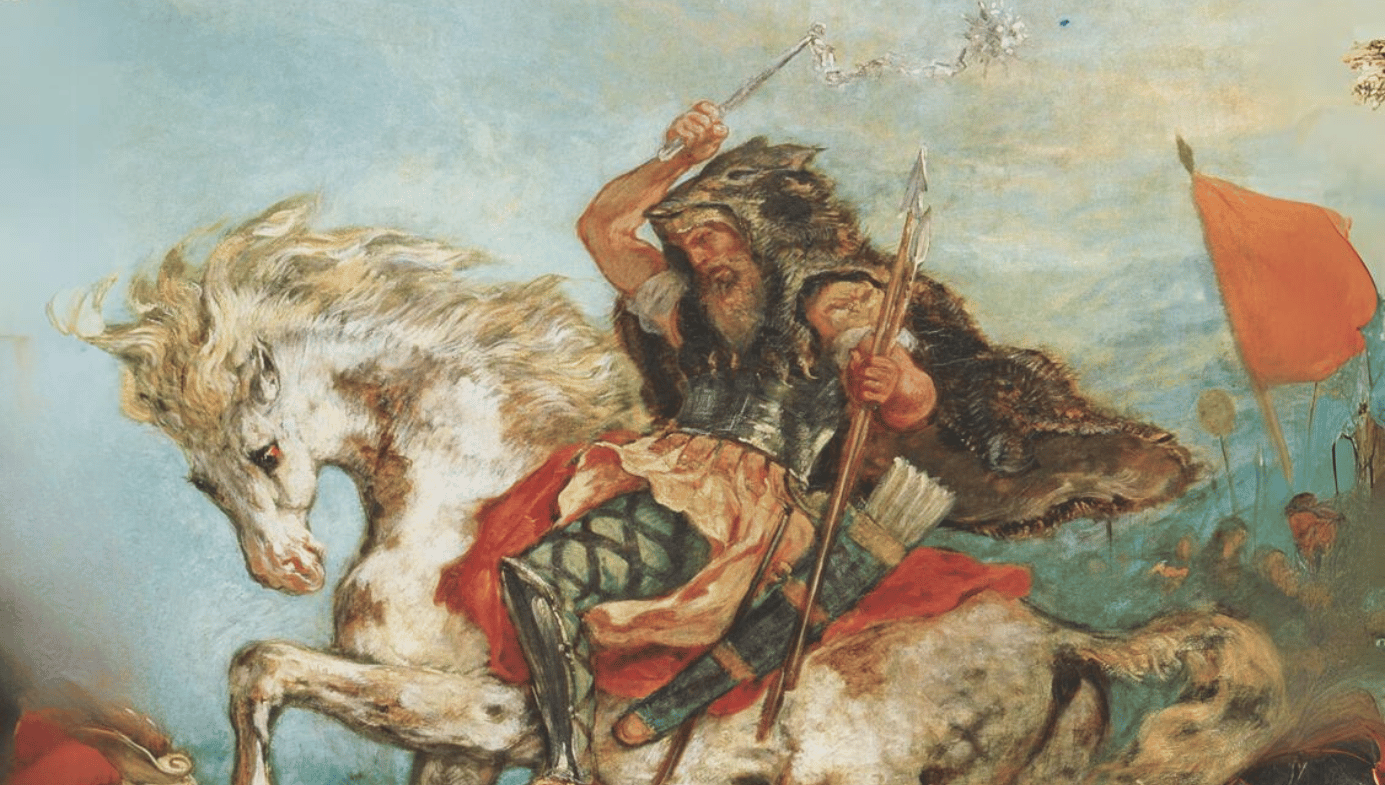So-Called Dark Ages
Attila Invictus
In the eighth instalment of ‘The So-Called Dark Ages,’ Herbert Bushman describes the Huns’ increasingly violent incursions into the Eastern half of the Roman Empire.
· 19 min read

Keep reading
Stealing Australia and Buying New Zealand
Sean Welsh
· 16 min read
After Liberal Internationalism
Matt Johnson
· 21 min read
Natalism and the Welfare Mother
Stephen Eide
· 6 min read
A New Middle East?
Brian Stewart
· 6 min read
Greta Thunberg’s Fifteen Minutes
Allan Stratton
· 10 min read





